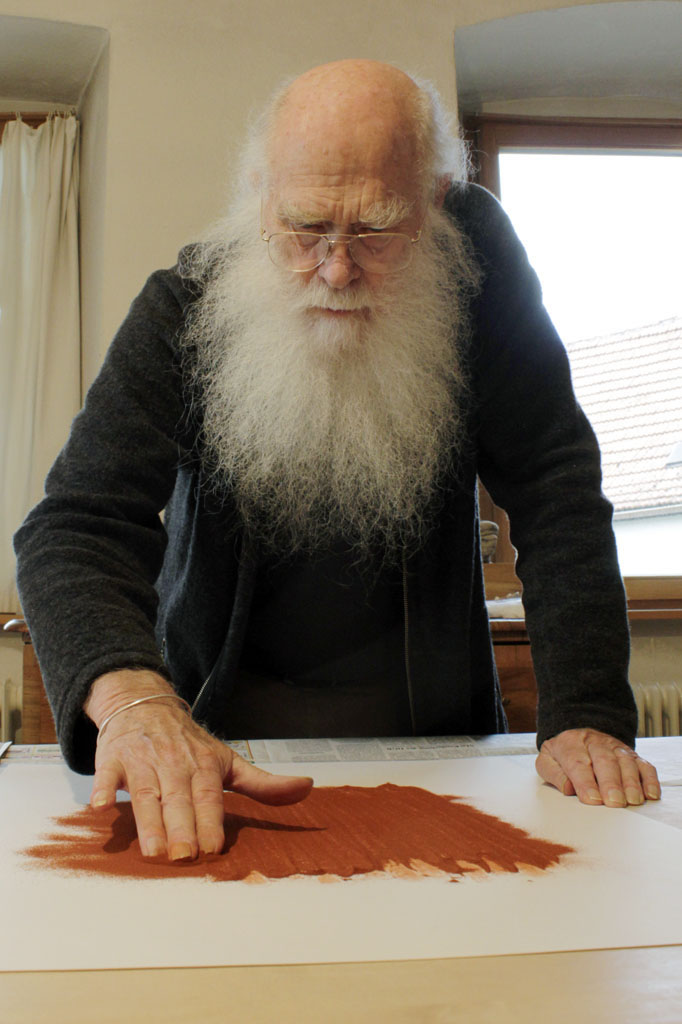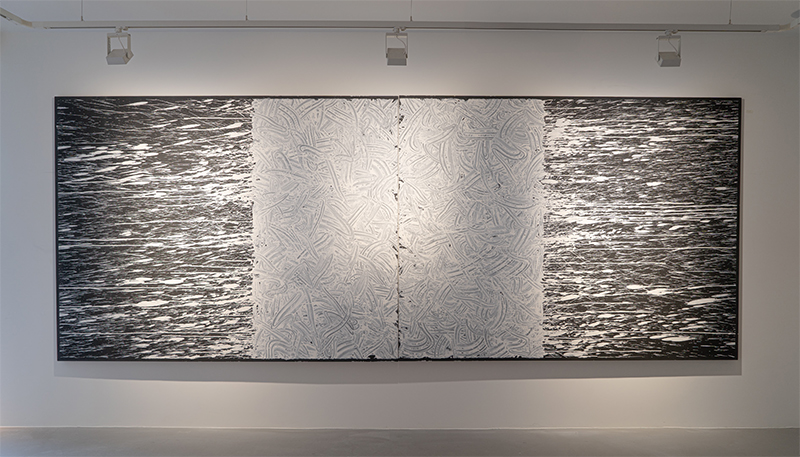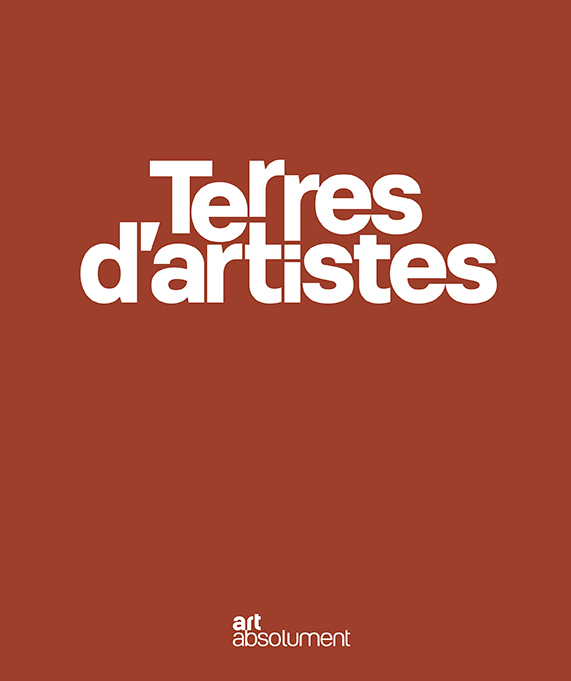herman de vries
1931 (Alkmar)
Living in : Eschenau
Working in : Eschenau
Artist's webSite
Artist's gallery
Drawing his inspiration mainly from the plant world, herman de vries fuses modern man and nature through his various mediums of expression, from painting to sculpture to photography. After studying agriculture and science, he moved closer to informal art in the 1950s, before joining the NUL group in 1959, which advocated immaterial and monochrome art. He then moved towards a more conceptual art, combining materials of various textures and influenced by Zen Buddhism. In the 1970s, he travelled extensively, collecting natural elements which he then incorporated into his creations. In 1982, he embarked on the from earth project, collecting earth samples to create an earth museum in 2007 at the Musée Gassendi in Digne-les-Bains. The 7,600 earth samples conserved were ground into powder by the artist, who then applied them in grid-like compositions, highlighting the diversity of the earths. With no aesthetic intent, the artist sees these works as documentation.
Living in : Eschenau
Working in : Eschenau
Artist's webSite
Artist's gallery
Drawing his inspiration mainly from the plant world, herman de vries fuses modern man and nature through his various mediums of expression, from painting to sculpture to photography. After studying agriculture and science, he moved closer to informal art in the 1950s, before joining the NUL group in 1959, which advocated immaterial and monochrome art. He then moved towards a more conceptual art, combining materials of various textures and influenced by Zen Buddhism. In the 1970s, he travelled extensively, collecting natural elements which he then incorporated into his creations. In 1982, he embarked on the from earth project, collecting earth samples to create an earth museum in 2007 at the Musée Gassendi in Digne-les-Bains. The 7,600 earth samples conserved were ground into powder by the artist, who then applied them in grid-like compositions, highlighting the diversity of the earths. With no aesthetic intent, the artist sees these works as documentation.


